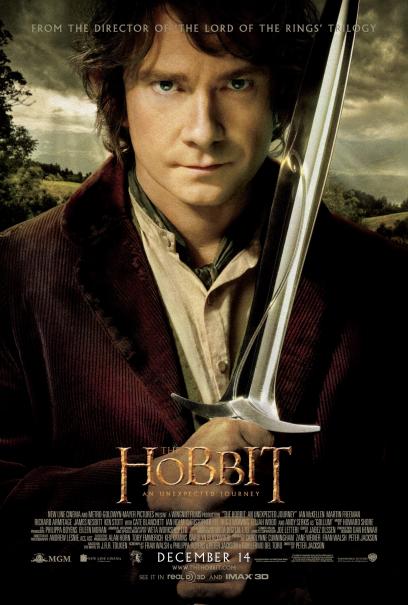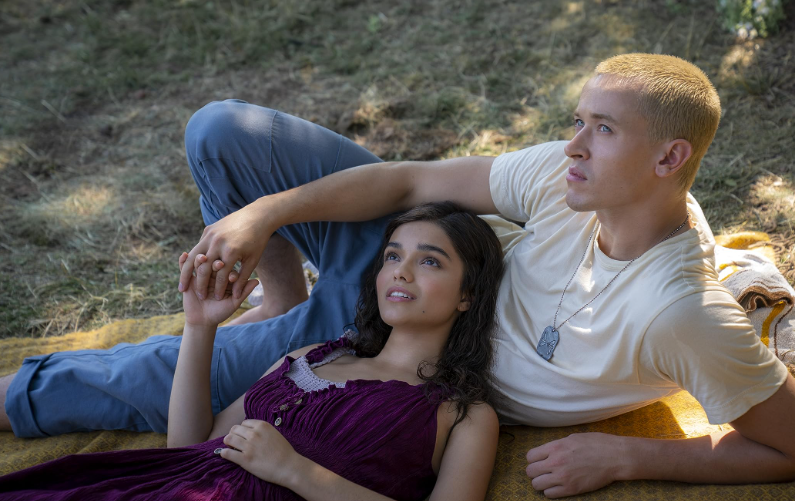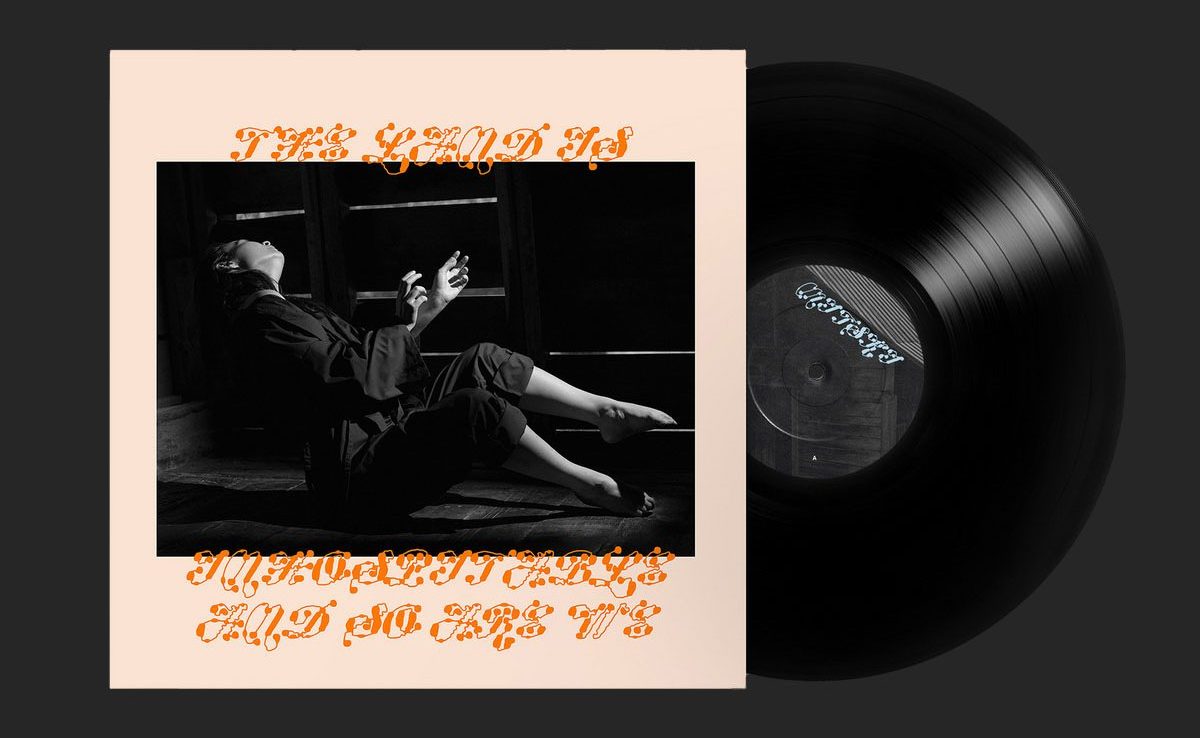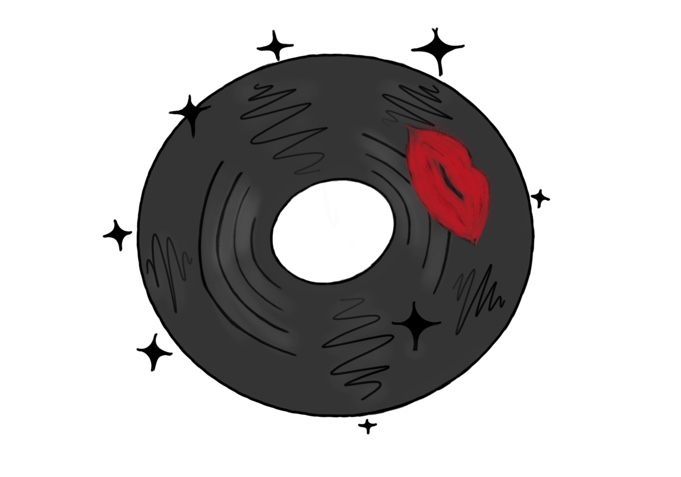
In a hole in the ground there lived Martin Freeman. Not a nasty, dirty, wet hole, nor yet a dry, bare, sandy hole with nothing in it to sit down on or to eat: it was a hobbit-hole, and that means comfort.
Martin FreemanAnd indeed if there was someone born to play J.R.R Tolkien’s famed hobbit Bilbo Baggins, it is
The Office. The British actor is best known for his roles as Tim in the British (original) version of
Sherlockand Dr. Watson in the superb BBC series
. Both characters are similar on a superficially personal level to Bilbo; both Watson and Tim are often reluctant heroes, Bilbo being the ultimate realization of that trope.
The HobbitMuch has been made of
Avatar’s groundbreaking cinema technologies — 48 fps and 3D more on par with
Clash of the Titansthan
The Lord of the Rings— but because theaters in Columbia don’t really go for that stuff, I can only verify that the film looks great at 2D and regular speed.
Hobbit-like sweeping vistas and giant underground caverns are all there, and quite frankly, it seems a little repetitive after a while, but it’s the same sort of repetitiveness one gets at the Lourve when looking at great art; it’s all beautiful, but it’s all so beautiful that nothing quite stands out. It doesn’t help that the arc of the first
The Lord of the Rings: The Fellowship of the Ringis remarkably similar to
. The hobbit reluctantly ventures out of the Shire, fights some stuff, tries to go over a mountain, fails, then goes under the mountain and fights goblins. Literally. Goblins are in both.
An Unexpected JourneyGranted, that’s giving
Ian McKellena bit of a short shrift. Alongside the wonderful Martin Freeman, by far my favorite character to watch, are
Richard Armitageas Gandalf and
LOTRas Thorin Oakenshield. Both of these characters lend a completely different energy to the film, despite Gandalf being a major player in
The Hobbit.
The Hobbitis smaller scale, more personal and more gray, and overall just feels less epic. That might sound like a bad thing, but I think it works — the characters in
, short of the ridiculous Radagast, are far more rounded and actually feel like real people. By some miracle, nearly all the dwarves are distinguishable from each other, and this really lends a sense of solid craft and magic to the film.
The internal conflicts between once allied factions — dwarves and elves — give The Hobbit a more contemporary feel akin to A Game of Thrones by R. R. Martin or First Law by Joe Abercrombie.
And speaking of R. R. Martin, if there’s one thing he and director Peter Jackson have in common, it’s bloat. I don’t mind bloat that much; I read A Feast For Crows in about two days. But that doesn’t mean it makes for a particularly engaging film, and The Hobbit drags at times, often when it’s trying to ramp up the tension via Wargs. Jackson got a new editor for this movie and it shows: guys, we know orcs riding wolves is awesome, but seriously. Once after every exposition dump is a little much.
I feel like I’ve complained too much and made this movie sound bad. This is not the case. The Hobbit is a superb film and despite its length, it’s the one I’d choose to see — yes, over both Django Unchained and Les Miserables — this holiday season. It has the epic fantasy feel only Peter Jackson can muster, and with a cast more varied and interesting than LOTR, I’d say this is a movie to watch.
By Adam Schoelz
















































































